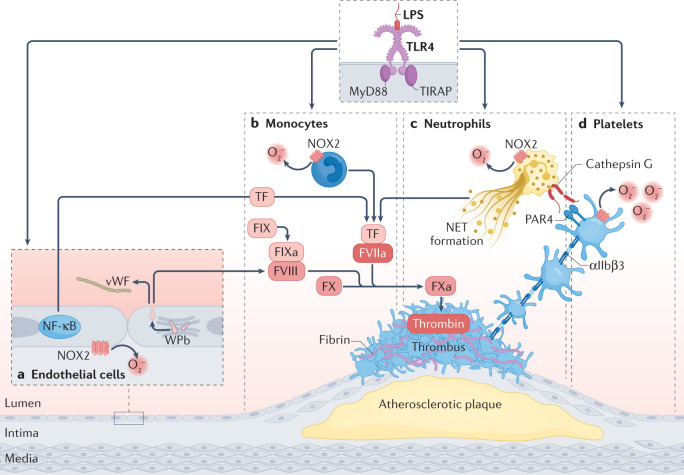Fig. 4. Mechanisms of LPS-mediated thrombosis.
Low-grade endotoxaemia caused by lipopolysaccharide (LPS) promotes thrombus formation at the site of atherosclerotic plaque rupture or erosion by binding to Toll-like receptor 4 (TLR4) in different cell types, including endothelial cells, monocytes, neutrophils and platelets. a | In endothelial cells, TLR4 activation induces the release of von Willebrand factor (vWf) and factor VIII (FVIII) via formation and secretion of Weibel–Palade bodies (WPb) and the upregulation of tissue factor (TF) secretion, which converts factor X (FX) to activated factor X (FXa) to generate thrombin. b | In monocytes, TLR4 induces upregulation of TF release. c | In neutrophils, TLR4 signalling triggers the formation of neutrophil extracellular traps (NETs) and cathepsin G-mediated platelet activation. d | In platelets, LPS-mediated TLR4 signalling leads to platelet activation via NADPH oxidase 2 (NOX2)-mediated oxidative stress. FVIIa, activated factor VII; FIX, factor IX; FIXa, activated FIX; MyD88, myeloid differentiation primary response protein 88; NF-κB, nuclear factor-κB; PAR4, proteinase-activated receptor 4; O2−, superoxide; TIRAP, Toll–interleukin-1 receptor domain-containing adaptor protein.

